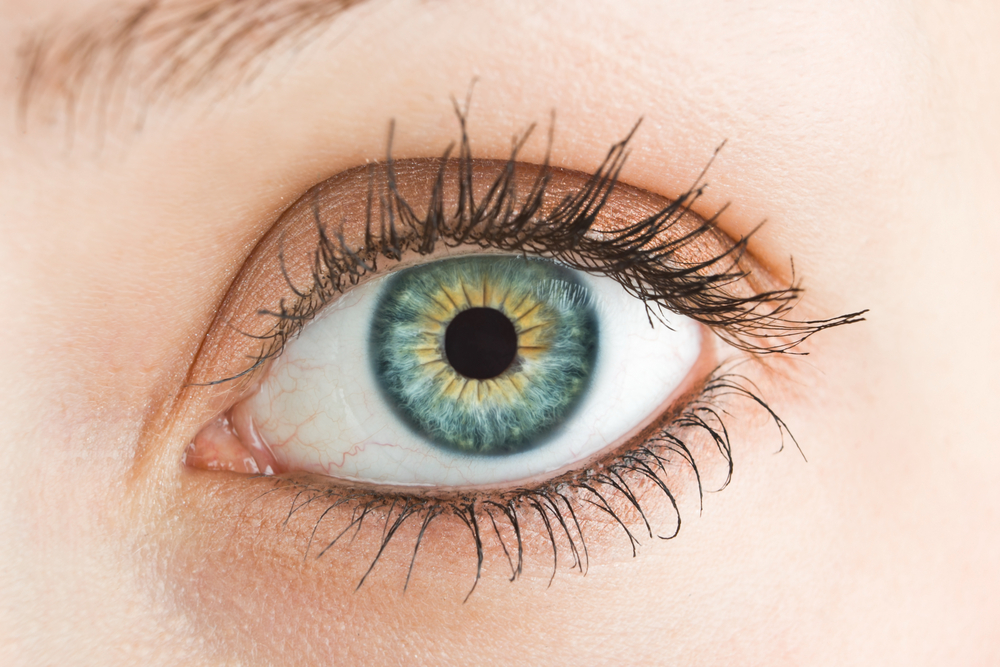Things To “👀” For When Showing Signs & Symptoms Of Thyroid Eye Disease
Thyroid eye disease, also known as Graves’ ophthalmopathy or Graves’ orbitopathy, is an autoimmune disorder that primarily affects the eyes and is often associated with an overactive thyroid gland, a condition called Graves’ disease. It is the most common cause of orbital inflammation.
In thyroid eye disease, the immune system mistakenly attacks the tissues around the eyes, including the muscles and fatty tissues within the eye sockets.
The exact cause of the condition is not fully understood, but it is believed to be related to an autoimmune reaction triggered by antibodies that target the tissues around the eyes.
Signs & Symptoms
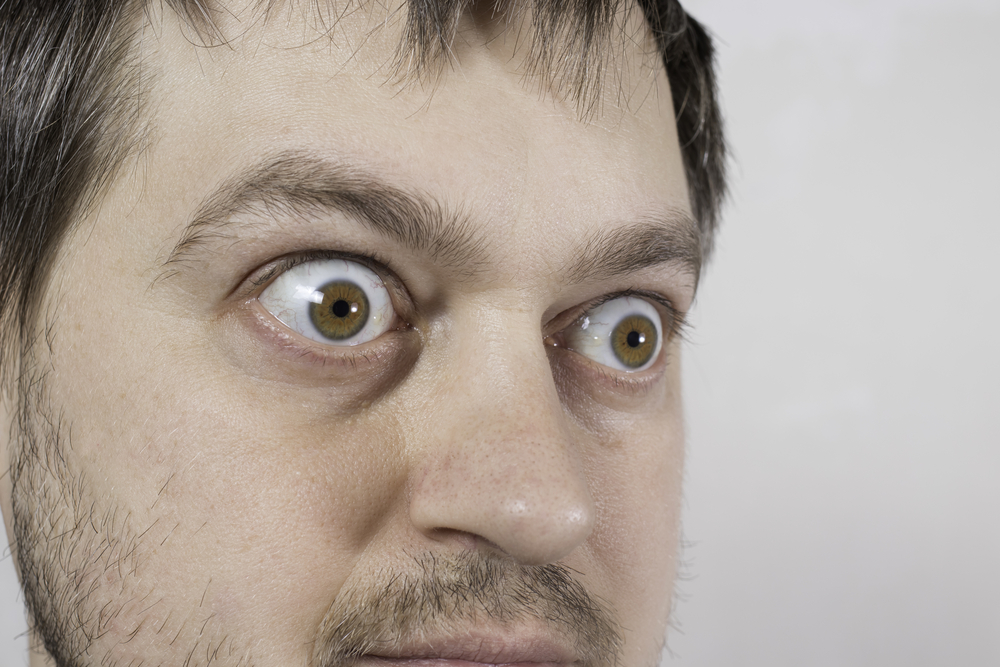
Eye bulging:
The eyes may protrude forward due to swelling and inflammation of the tissues behind the eyes.
Eye redness and irritation:
The eyes may become red, dry, and irritated. There may also be a gritty or sandy sensation in the eyes.
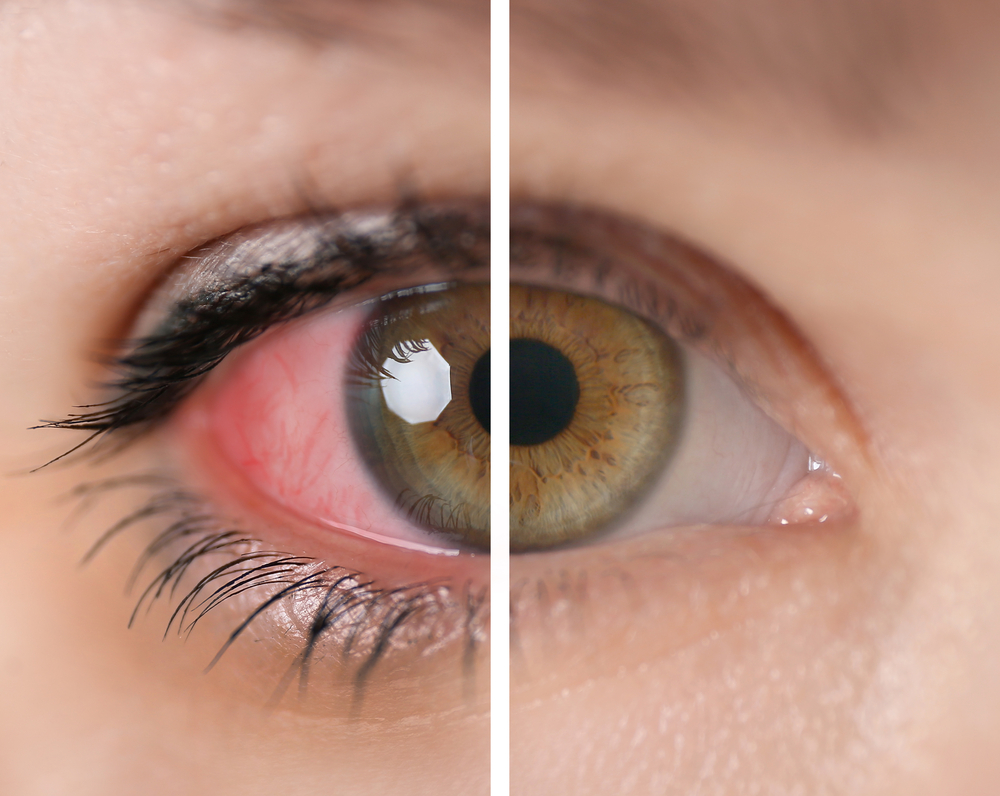

Double vision:
The muscles that control eye movement can be affected, leading to double vision or blurry vision.
Eyelid retraction:
The upper eyelids may be raised higher than normal, exposing more of the eyeballs.
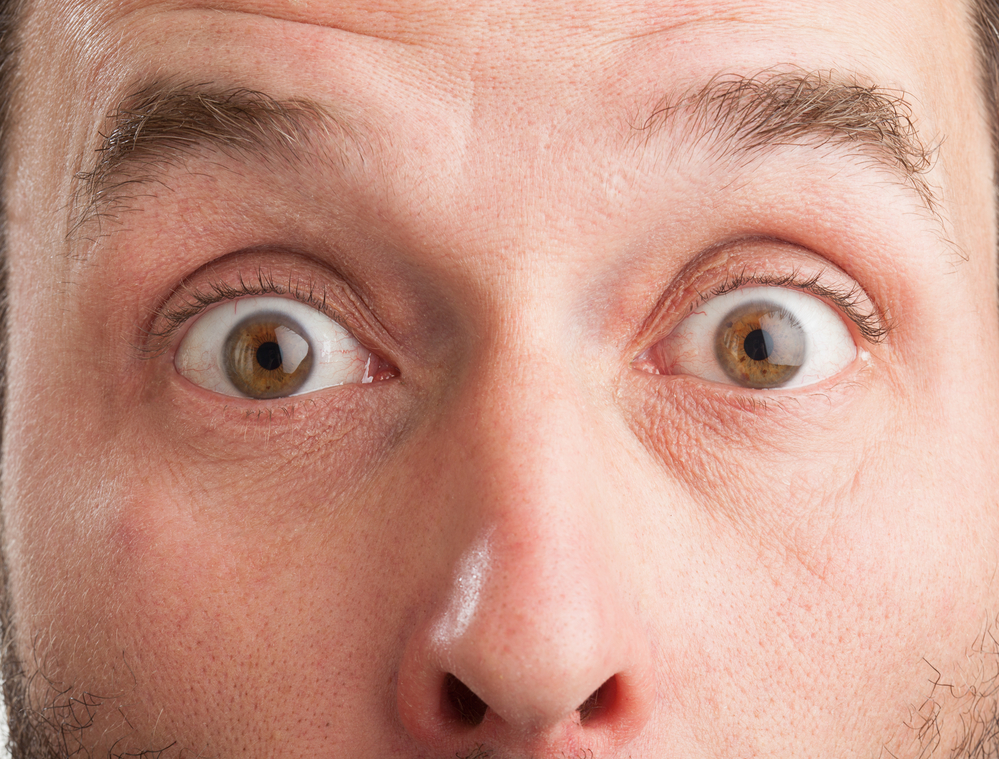
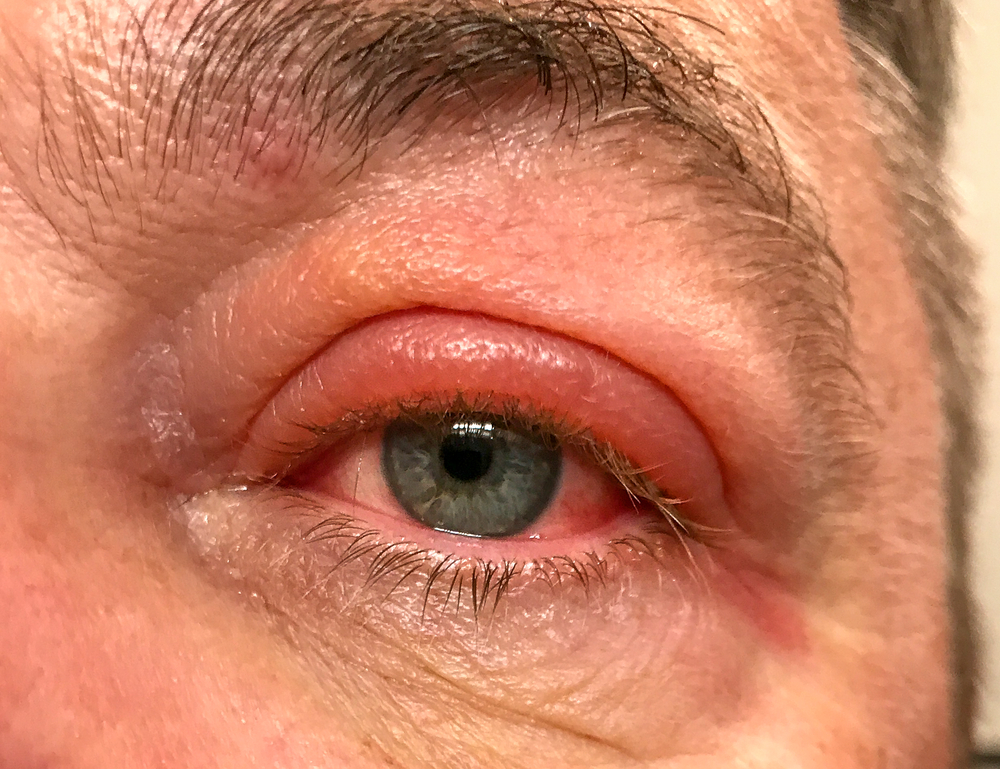
Swelling and inflammation:
The tissues around the eyes may become swollen, puffy, and tender.
Sensitivity to light:
The eyes may become more sensitive to light, causing discomfort in bright environments.

Diagnosis & Treatment Options
Thyroid eye disease is typically diagnosed based on clinical symptoms, physical examination, and sometimes imaging tests, such as CT scans or MRI, to assess the extent of the inflammation and its effects on the eye structures.
Treatment of thyroid eye disease aims to manage the symptoms, protect the eyes, and prevent complications. The approach may involve a combination of medical and surgical interventions, depending on the severity of the disease. Treatment options include:
- Symptomatic relief: Artificial tears or lubricating eye drops can help relieve dryness and irritation. Sunglasses may be recommended to reduce light sensitivity.
- Medications: Corticosteroids may be prescribed to reduce inflammation and swelling. In some cases, immunosuppressive drugs or biologics may be used to modulate the immune response.
- Radiotherapy: Low-dose radiation therapy may be used in severe cases to help reduce inflammation and prevent the progression of the disease.
- Orbital decompression surgery: In cases where there is significant eye bulging or compression of the optic nerve, surgery may be performed to create more space in the eye socket and alleviate pressure on the eyeball.
- Eye muscle surgery: If double vision persists despite other treatments, surgery on the eye muscles may be considered to correct alignment and improve visual function.
It’s important for individuals with thyroid eye disease to work closely with an ophthalmologist and an endocrinologist to manage the condition effectively and address any underlying thyroid problems. Regular follow-up visits are necessary to monitor the progression of the disease and adjust the treatment plan accordingly. Our clinic is the perfect resource for you! We have knowledgeable Endocrinologists and Providers on staff that can help with diagnosis and treatment.



